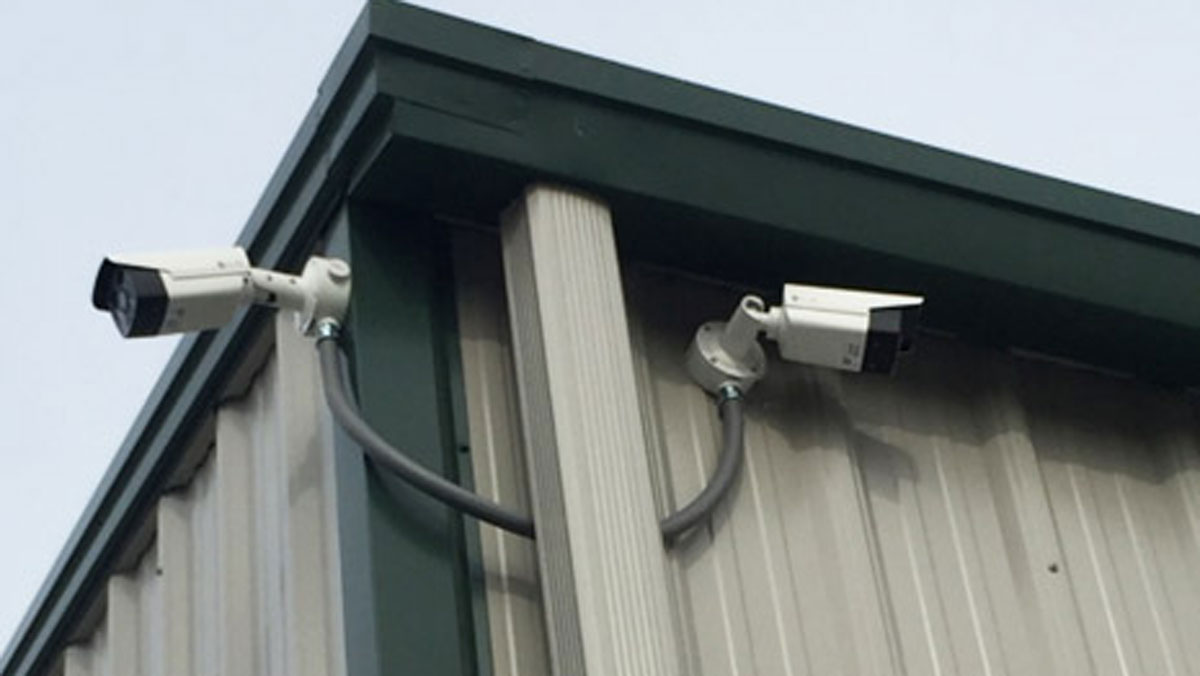
Clients at Eagle Tech Corp. frequently ask about the differences between motion detection and artificial intelligence (AI) technology in security camera systems. While both methods share the common goal of detecting activity, they differ significantly in how they function, their capabilities, and the likelihood of generating false alarms. The following sections provide a comprehensive comparison to help clarify these distinctions.
Motion Detection Technology
Motion detection operates by identifying movement within the camera’s field of view. This process is generally accomplished by monitoring pixel changes from one video frame to the next or, in some cases, by using infrared sensors. Any variation in the image — whether caused by a person, a shadow, moving foliage, precipitation, or insects near the lens — is interpreted as motion.
The main advantages of motion detection are its cost-effectiveness and ease of implementation. It requires minimal processing power, making it compatible with most camera models. However, motion detection is also associated with a high rate of false alarms. Environmental factors such as wind-blown branches, vehicle headlights, or weather conditions frequently trigger unnecessary alerts. Additionally, motion detection cannot specifically identify the source of detected movement. As a result, it is best suited for affordable security systems where basic alerts for movement are sufficient.
Artificial Intelligence (AI) Detection Technology
AI detection leverages advanced computer vision and deep learning algorithms to analyze shapes, movement patterns, and contextual information. These sophisticated systems can distinguish between people, vehicles, animals, parcels, and more. Certain AI-based security solutions can even detect specific behaviors, such as loitering or line crossing.
The advantages of AI detection include a substantial reduction in false alarms, as irrelevant movements are disregarded. AI systems deliver detailed notifications, such as “Person detected at front door at 2:43 p.m.,” and support advanced features like facial recognition and license plate identification.
However, these benefits come with some disadvantages. AI detection requires upgraded hardware or cloud-based processing capabilities, greater computational demands, and, in some cases, reliable internet connectivity.
AI detection is ideal for businesses and homeowners who require highly accurate alerts and minimal disruptions. In contrast, motion detection provides alerts whenever any movement is detected, regardless of its significance. Users who prioritize accuracy and situational awareness will benefit most from AI-based solutions. Those with budget constraints may find traditional motion detection adequate, though this often results in reviewing numerous irrelevant recordings.
For additional information on implementing these technologies to better protect your property and loved ones, contact Eagle Tech Corp at 920-764-2888

